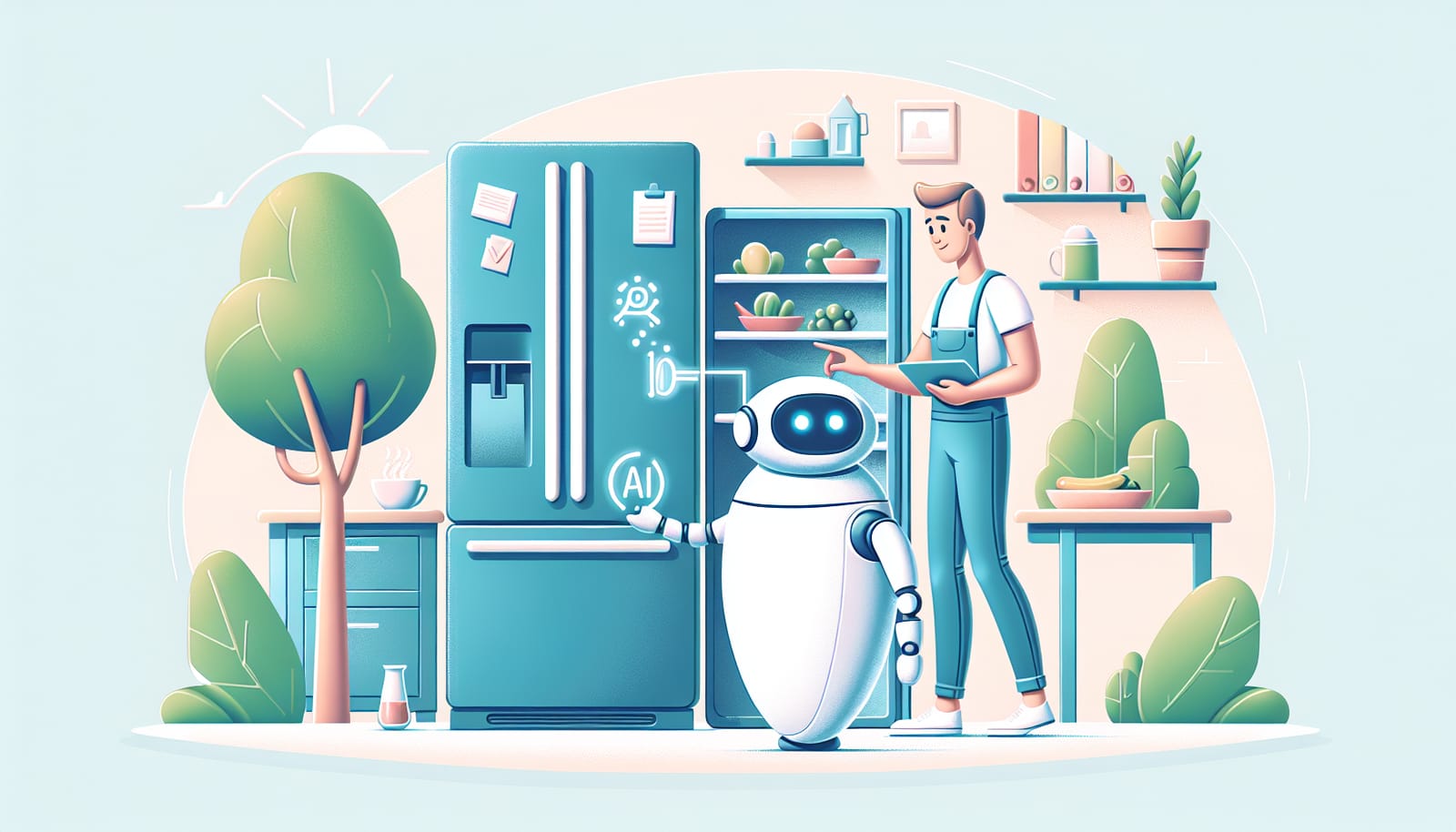Artificial Intelligence (AI) is often portrayed as a powerful tool that can perform tasks faster and more accurately than humans. Movies and media sometimes paint a picture of AI as something that might replace us entirely. However, the truth is quite the opposite. AI needs humans more than you might think! In this article, we will explore the vital relationship between humans and AI, and how together, we can achieve incredible things.
What is AI?
Before diving into how AI and humans work together, let's break down what AI actually is. Simply put, AI refers to computer systems that can perform tasks that would normally require human intelligence. These tasks include understanding language, recognizing patterns, making decisions, and even learning from experience.
Imagine a robot that can help you with your homework by answering questions or a voice assistant that can play your favorite songs just by you asking. That's AI at work!
AI comes in various forms, including machine learning, natural language processing, and computer vision, among others. Each type has its unique strengths and applications, but they all share one commonality: they rely on data and human input to function effectively.
The Human Touch: What AI Lacks
While AI can analyze data and recognize patterns, it lacks the emotional understanding and creativity that humans possess. For instance, AI can generate music or artwork, but it doesn't feel emotions or understand the cultural significance behind them. This is where humans come in. We bring empathy, ethics, and creativity to the table, qualities that AI simply cannot replicate.
Consider a scenario where an AI system is used in healthcare. It can analyze thousands of medical records to identify patterns that might indicate a disease outbreak. However, it takes human doctors to interpret these findings, make judgments, and provide compassionate care to patients.
AI as a Tool for Humans
AI should be viewed as a tool that enhances human capabilities rather than a replacement. For example, in the field of education, AI can personalize learning experiences for students by analyzing their strengths and weaknesses. This means that each child can learn at their own pace, supported by AI recommendations.
Teachers can use AI to focus on areas where students need the most help, allowing them to provide more effective support. By streamlining administrative tasks, AI frees up educators to spend more time connecting with their students.
The Power of Collaboration
The collaboration between humans and AI leads to innovation. In industries like agriculture, AI can monitor crop health and predict yields, allowing farmers to make informed decisions. However, it is the farmers' expertise, intuition, and experience that guide AI's recommendations.
In creative fields, artists and musicians are experimenting with AI-generated content, using it as a starting point or inspiration for their own work. This partnership leads to new forms of art that blend human creativity with AI's analytical power.
The Ethical Considerations
As we continue to integrate AI into our lives, ethical considerations become increasingly important. AI systems can only be as unbiased as the data they are trained on. If the data contains biases, the AI can produce biased results. This is why we need humans to oversee and guide AI systems, ensuring they are fair and ethical.
It's crucial for AI developers to work alongside ethicists, sociologists, and diverse teams to create systems that respect human rights and promote inclusivity. By doing so, we can create AI that works for everyone, not just a select few.
Learning from Humans: The Future of AI
AI has a unique ability to learn from humans. Through interactions, feedback, and corrections, AI systems can improve over time. For instance, when you use voice recognition software, it learns your speech patterns and preferences, becoming more accurate the more you use it. This means that as we teach AI, it becomes better at assisting us.
Imagine a future where AI systems understand your preferences for movie recommendations, helping you discover films you might love. This collaborative learning ensures that AI remains relevant and useful to us.
The Role of Humans in AI Development
AI development is an ongoing process that requires a human touch. Programmers, data scientists, and designers work together to create AI systems that are user-friendly and effective. Humans continuously refine algorithms to ensure they provide accurate results and align with our values.
Moreover, as technology evolves, humans are needed to adapt and create new applications for AI. Whether it’s developing new AI-driven healthcare solutions or innovative educational tools, the human role in AI development is irreplaceable.
Conclusion: A Bright Future Together
The relationship between humans and AI is not one of competition but of collaboration. By leveraging the strengths of both, we can create a future filled with possibilities. AI helps us perform tasks more efficiently, while humans provide the insight, creativity, and ethical guidance necessary for responsible development.
As we move forward, it's essential to remember that while AI is a powerful tool, it is humans who will ultimately shape its future. Together, we can achieve great things, making the world a better place for everyone. So, embrace the power of AI, but never underestimate the unique qualities that make us human!
In this exciting journey into the world of AI, remember that we are the architects of our technological future. With curiosity, creativity, and collaboration, we can unlock the full potential of AI and make our world brighter and more connected than ever before.


